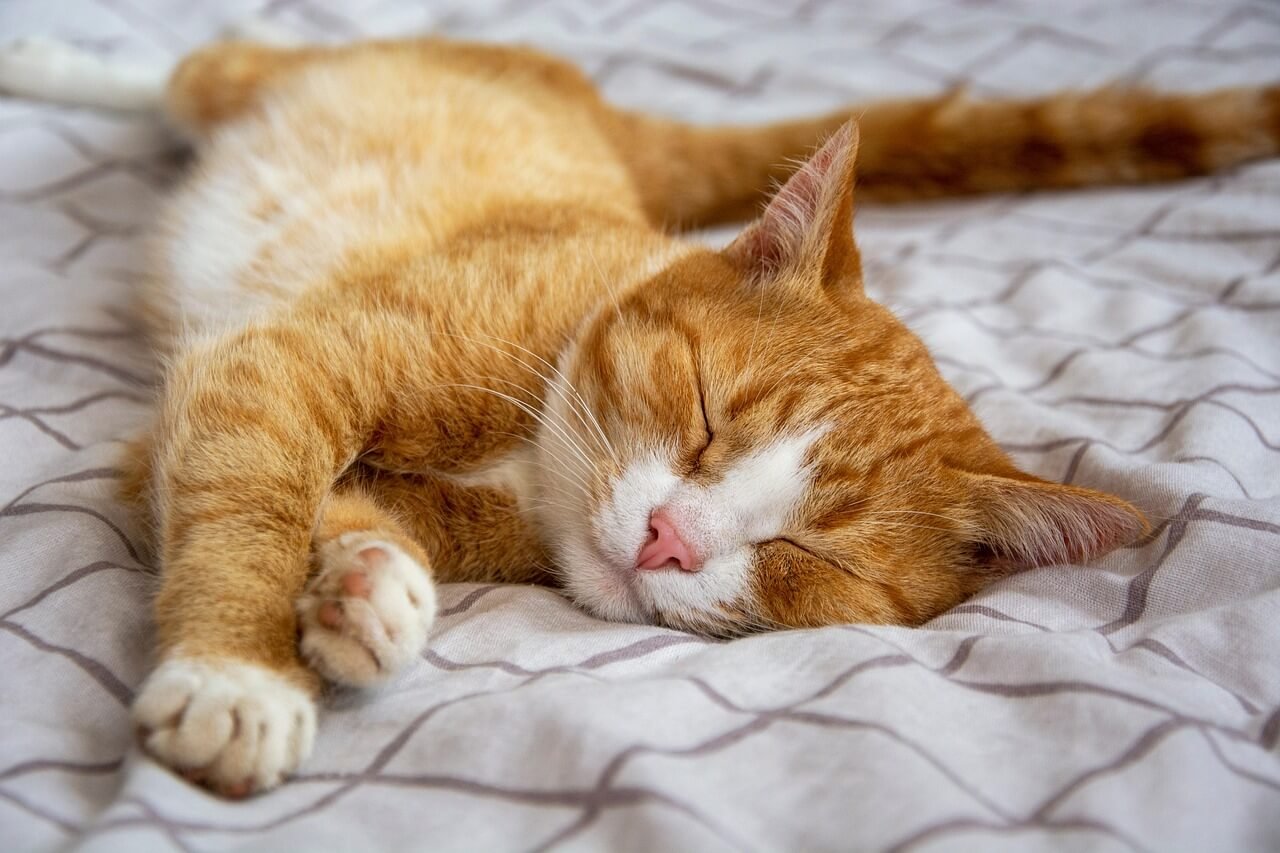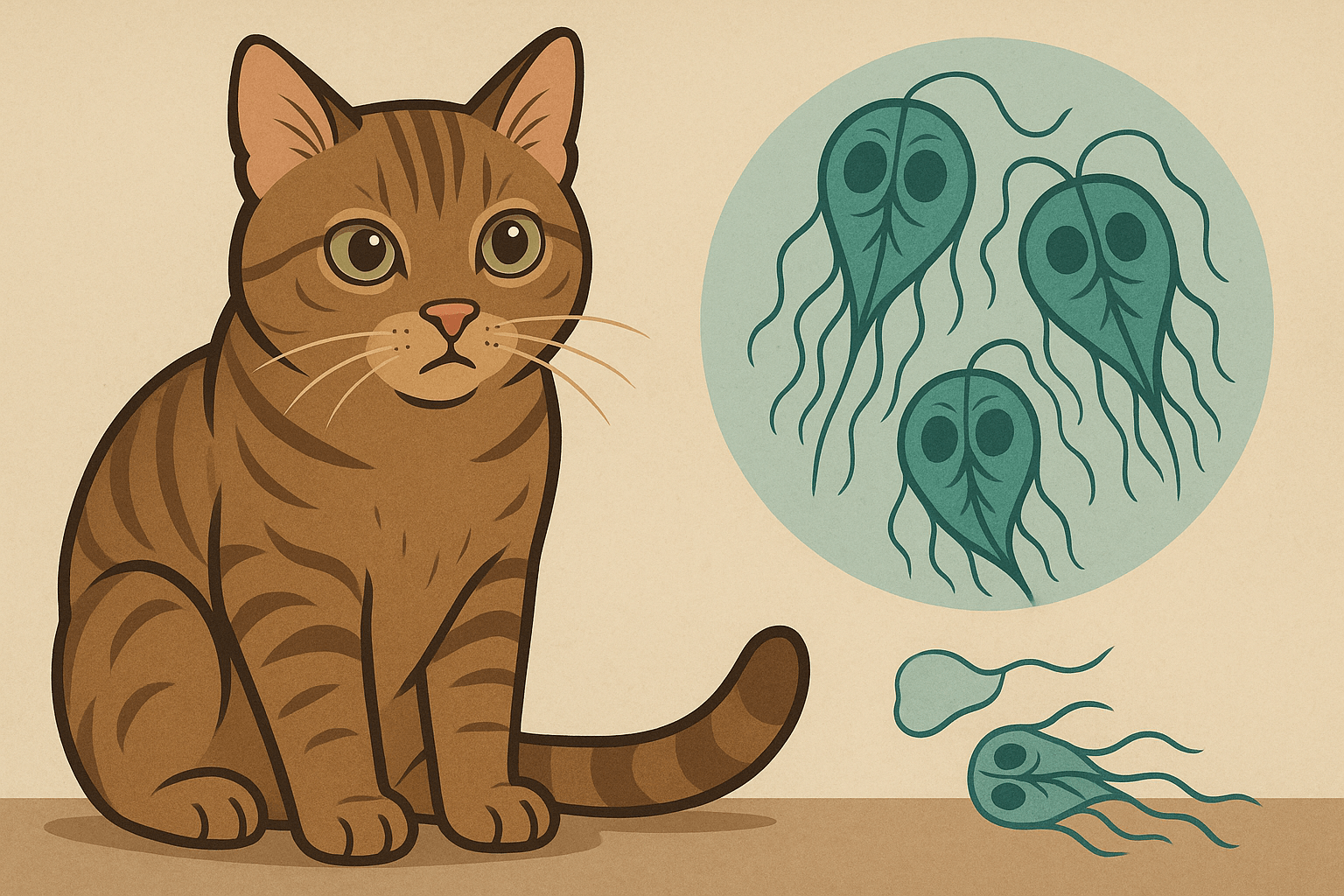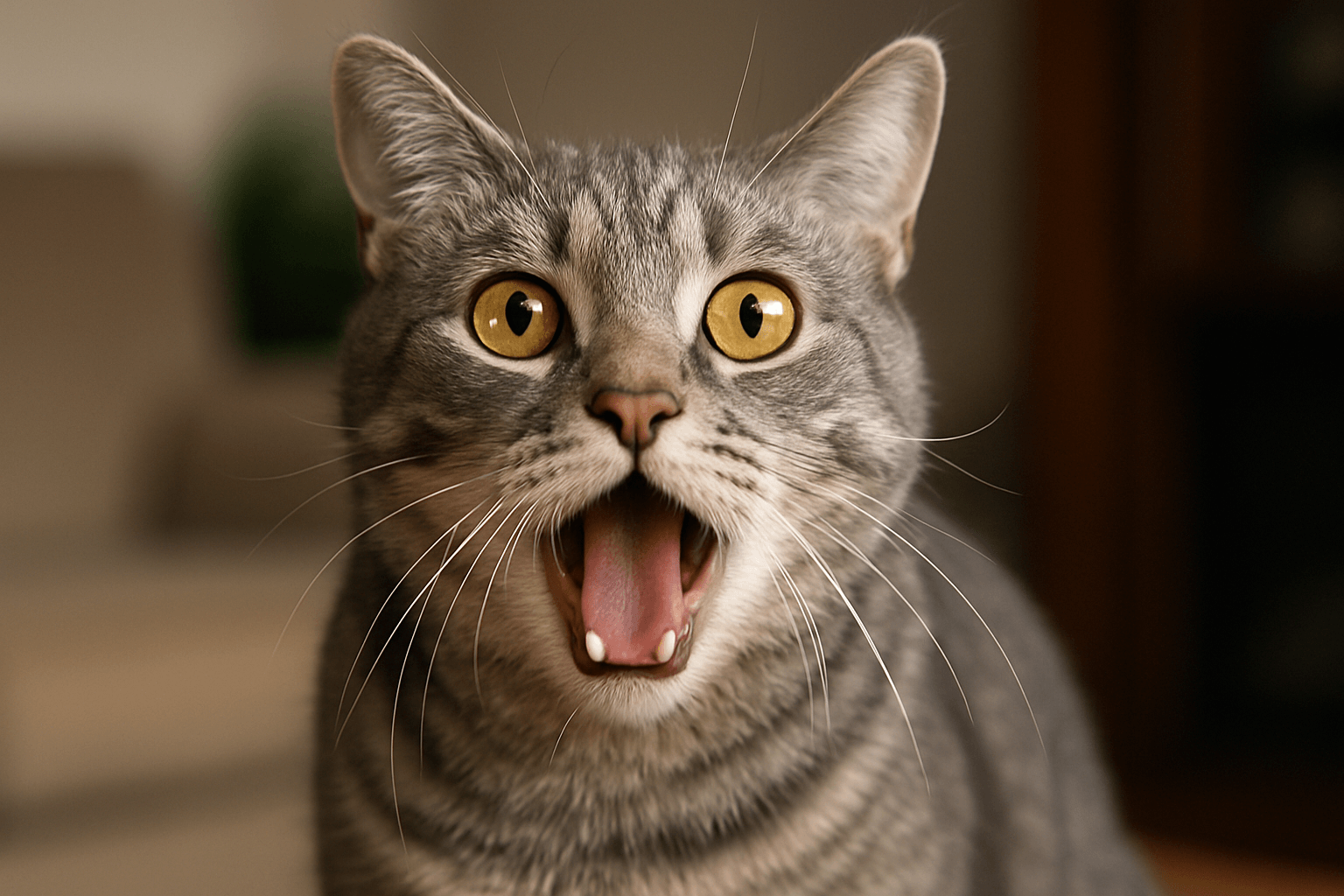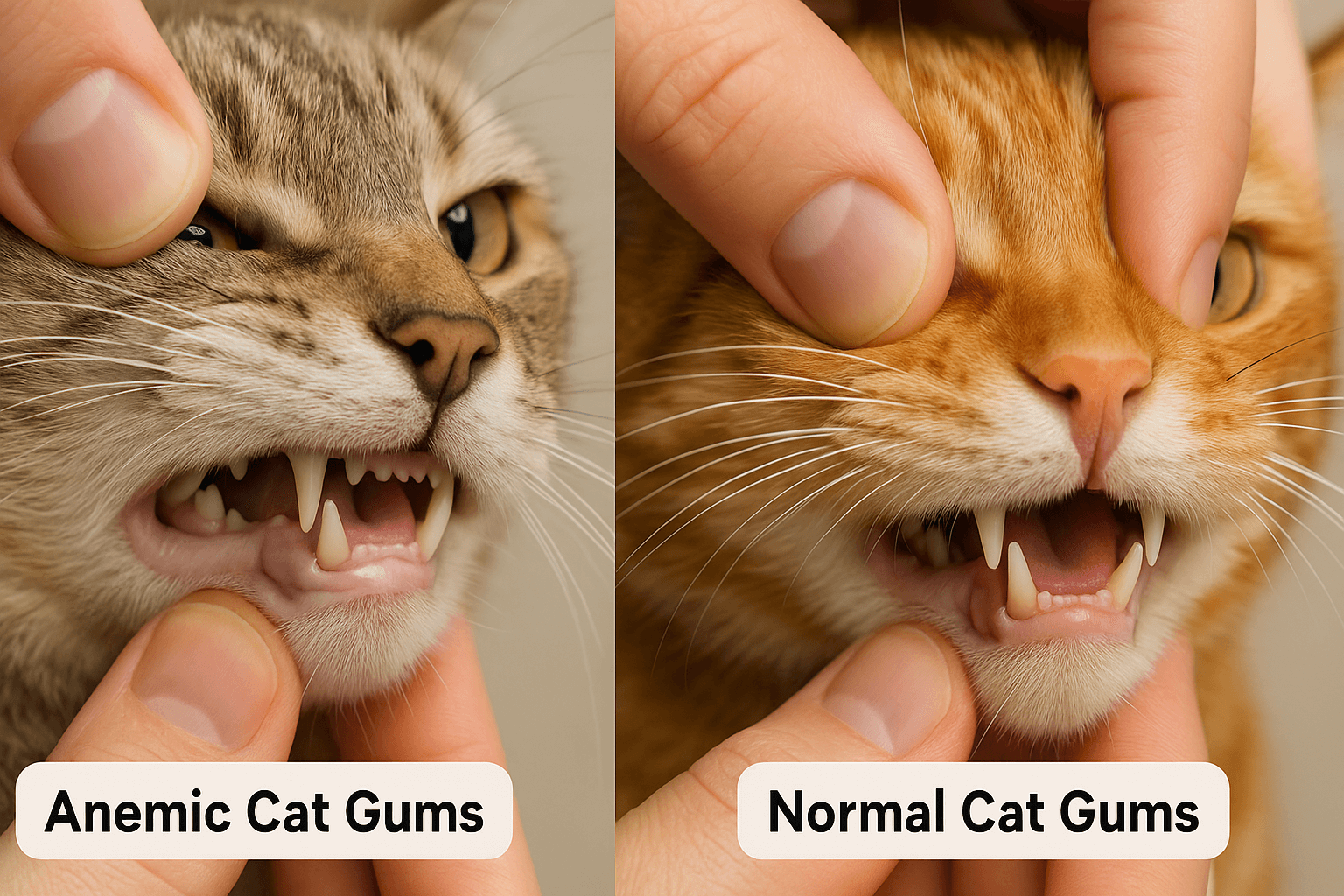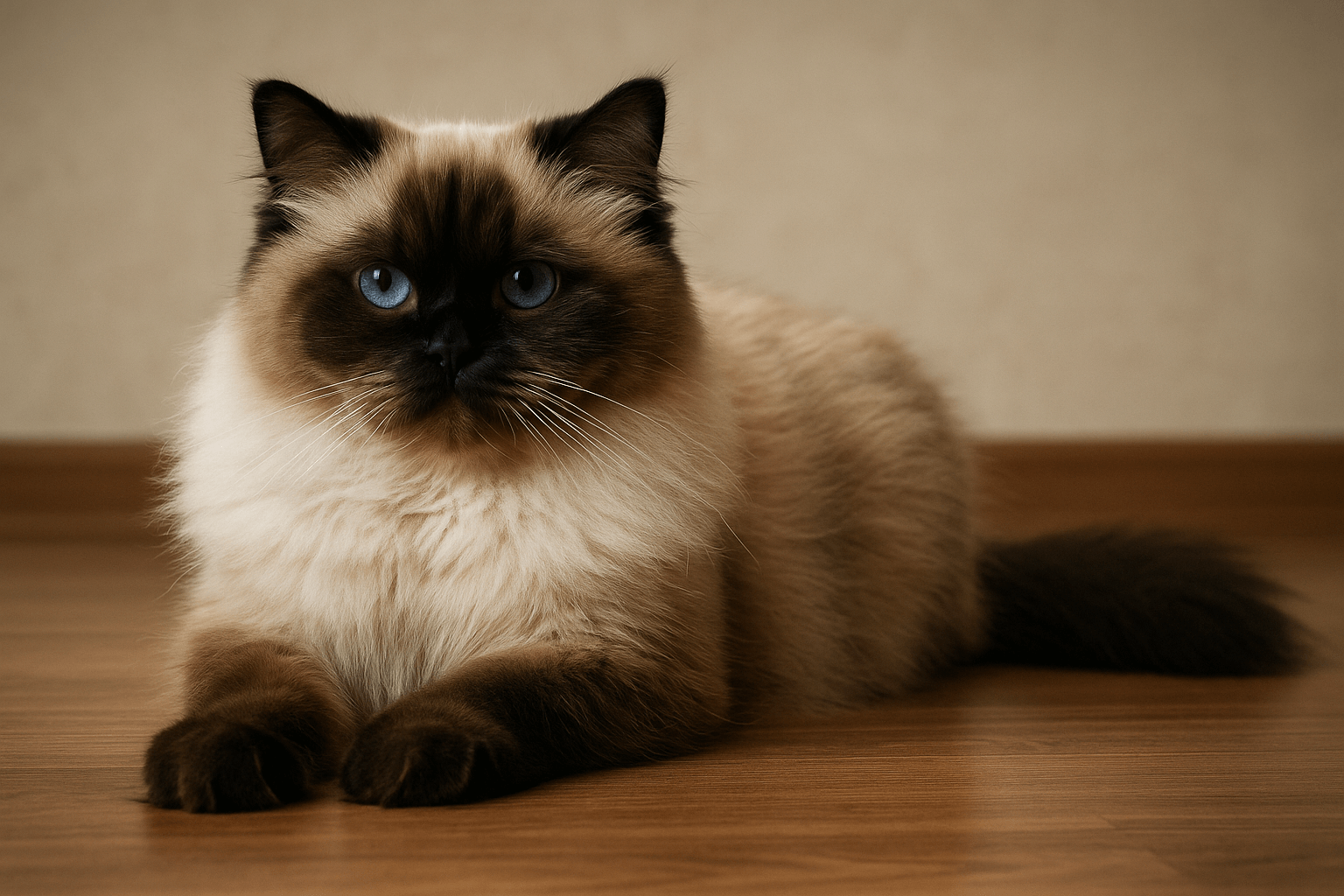Why Are Cats Tongues So Rough? Unraveling the Mystery
If you’ve ever been licked by a cat, you know their tongues feel like tiny sandpaper. This unique texture has fascinated pet owners and animal enthusiasts for years. But why exactly are cats’ tongues rough? The answer lies in their incredible anatomy and evolutionary adaptations. A cat’s tongue is not just a tool for grooming—it’s a multifunctional marvel designed to help them survive and thrive in the wild. In this blog post, we’ll explore the science behind the roughness, its purpose, and how it benefits cats in their daily lives. Let’s dive into the fascinating world of feline tongues and uncover what makes them so special.
The Science Behind Cats’ Rough Tongues
The rough texture of a cat’s tongue comes from tiny, backward-facing structures called papillae. These keratinized spines give the tongue its signature sandpaper-like feel. Here’s a closer look at the science behind this unique feature:
Papillae Structure
The papillae on a cat’s tongue are shaped like tiny hooks, allowing them to grip fur, meat, or other surfaces effectively.Made of Keratin
Like human fingernails and claws, the papillae are made of keratin, making them strong and durable.Directional Design
The backward-facing orientation of the papillae helps cats remove dirt, loose hair, and debris while grooming.Sensory Function
The papillae also contain nerve endings, enhancing the tongue’s sensitivity to touch and taste.Evolutionary Advantage
This rough texture evolved to help cats clean themselves, strip meat from bones, and stay agile hunters.
Understanding the anatomy of a cat’s tongue reveals how perfectly adapted it is to meet their needs. It’s a testament to nature’s ingenuity in crafting tools for survival.
Functions of a Cat’s Rough Tongue
A cat’s rough tongue serves multiple purposes, from grooming to hunting. Each function highlights the versatility of this remarkable organ. Here’s how cats use their tongues in everyday life:
Grooming Efficiency
The rough texture helps cats remove loose fur, dirt, and parasites from their coats, keeping them clean and healthy.Thermoregulation
By spreading saliva across their fur during grooming, cats can cool down their bodies through evaporation.Meat Stripping
When eating prey, the rough tongue helps cats scrape every bit of meat off bones, maximizing their food intake.Hydration Aid
The texture of the tongue allows cats to lap water efficiently, ensuring they stay hydrated.Bonding Through Grooming
Cats often groom each other as a social behavior, strengthening bonds within their group or family.
These functions demonstrate how integral the rough tongue is to a cat’s lifestyle. It’s not just a quirky trait—it’s a vital tool for survival and comfort.
Check this guide 👉Cat Coughing with Tongue Out: Best 7 Health Tips!
Check this guide 👉Why Does My Cat Stick the Tip of His Tongue Out? Best 7 Tips
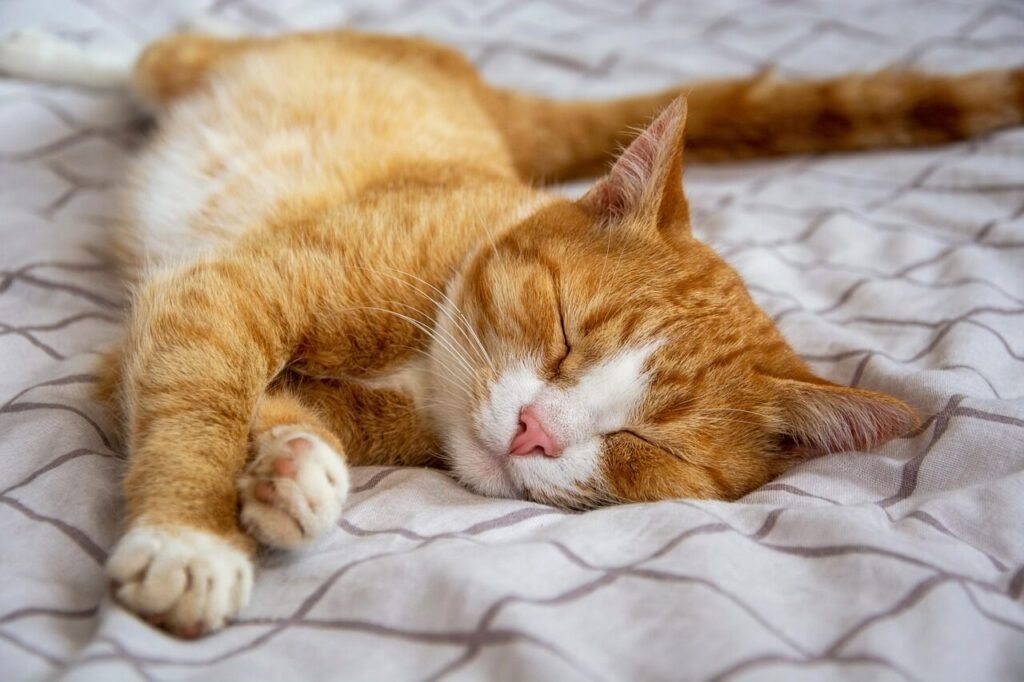
Features of a Cat’s Tongue | Functions They Serve |
|---|---|
Tiny, backward-facing papillae | Helps remove dirt and loose fur |
Made of keratin | Provides strength and durability |
Sensory nerve endings | Enhances touch and taste sensitivity |
Efficient grooming mechanism | Keeps cats clean and aids thermoregulation |
Meat-stripping capability | Maximizes food consumption during meals |
Benefits of a Rough Tongue for Cats
The roughness of a cat’s tongue offers numerous advantages that contribute to their overall well-being. Here’s how this unique feature benefits cats:
Improved Hygiene
The rough texture removes loose fur and debris, reducing the risk of skin infections and parasites.Enhanced Hunting Skills
The ability to strip meat from bones ensures cats get the most nutrition from their prey.Better Water Intake
The tongue’s design allows cats to drink efficiently, which is crucial for maintaining hydration.Social Bonding
Mutual grooming strengthens relationships between cats, fostering trust and companionship.Self-Sufficiency
With their rough tongues, cats can groom themselves without needing external help, promoting independence.
These benefits highlight the importance of the rough tongue in a cat’s daily life. It’s a perfect example of how evolution equips animals with tools to thrive.
How to Care for Your Cat’s Tongue and Oral Health
While a cat’s rough tongue is naturally effective, it’s still important to ensure their oral health is maintained. Here are some tips for supporting your cat’s tongue and overall mouth hygiene:
Provide Dental Treats
Specialized dental treats can help reduce plaque and tartar buildup, keeping your cat’s mouth healthy.Offer Fresh Water
Ensure your cat always has access to clean water to prevent dehydration and support oral health.Check for Injuries
Inspect your cat’s tongue and mouth regularly for cuts, sores, or foreign objects lodged in the papillae.Schedule Vet Check-Ups
Regular veterinary visits can help detect and address any oral health issues early.Monitor Grooming Habits
Excessive grooming or changes in behavior might indicate discomfort or pain in the mouth.
By taking these steps, you can help ensure your cat’s tongue and mouth remain healthy and functional. Prevention is key to avoiding potential problems.
Fun Facts About Cats’ Tongues
Cats’ tongues are full of fascinating quirks that highlight their evolutionary brilliance. Here are some fun facts that will deepen your appreciation for these incredible organs:
Tongue Papillae Glow Under UV Light
The keratin in the papillae reflects ultraviolet light, making a cat’s tongue glow under UV illumination.Unique Water-Lapping Technique
Cats use their tongues to lap water in a way that creates a column of liquid, allowing them to drink efficiently without splashing.Papillae Help with Temperature Regulation
By spreading saliva across their fur, cats use their tongues to cool down through evaporation, especially in hot weather.Grooming Removes Up to 50% of Shed Fur
A cat’s rough tongue is so effective at grooming that it removes nearly half of the fur they shed, reducing hairballs.Tongue Texture Inspired Technology
Scientists have studied cat tongue papillae to design better brushes and cleaning tools for humans.
These fun facts showcase the versatility and ingenuity of a cat’s tongue. It’s no wonder this tiny organ has captured the curiosity of researchers and pet lovers alike.
Common Myths About Cats’ Rough Tongues
There are several misconceptions about why cats’ tongues are rough and how they function. Clearing up these myths can help us better understand our feline companions. Here are some common myths and the truth behind them:
Myth: A Cat’s Tongue Can Heal Wounds
While cats groom themselves to clean minor injuries, their tongues aren’t sterile and can carry bacteria.Myth: The Roughness Is for Scratching
The texture isn’t designed for scratching but for grooming, hunting, and other practical purposes.Myth: All Animals Have Similar Tongues
Unlike most animals, cats’ tongues have uniquely shaped papillae that make them distinct.Myth: Cats Use Their Tongues to Taste Better
The papillae don’t enhance taste but do improve touch sensitivity, aiding in food exploration.Myth: A Rough Tongue Means a Cat Is Sick
The roughness is completely normal and not a sign of illness or discomfort.
Debunking these myths helps us appreciate the true purpose of a cat’s tongue and its role in their daily lives. Understanding the facts fosters greater admiration for these remarkable creatures.
How to Protect Your Cat’s Tongue During Grooming
While a cat’s rough tongue is highly efficient, there are ways you can support their grooming routine to ensure their tongue stays healthy and effective. Here are some tips to consider:
Brush Your Cat Regularly
Regular brushing reduces the amount of loose fur your cat ingests, lowering the risk of hairballs.Prevent Access to Harmful Substances
Keep chemicals, plants, or small objects out of reach to avoid accidental ingestion during grooming.Inspect Their Mouth Periodically
Check for signs of irritation, cuts, or foreign objects stuck in the papillae that could cause discomfort.Provide a Balanced Diet
A nutritious diet supports overall health, including the strength and functionality of their tongue.Use Cat-Safe Grooming Products
If you bathe your cat, use products specifically designed for felines to avoid irritating their skin or mouth.
By taking these precautions, you can help your cat maintain a healthy grooming routine and protect their incredible tongue. A little care goes a long way in ensuring your furry friend stays happy and healthy.
Frequently Asked Questions About Cats’ Rough Tongues
Why do cats’ tongues feel like sandpaper?
The rough texture comes from tiny, backward-facing papillae made of keratin, which help with grooming and other tasks.
Does a cat’s rough tongue hurt when they lick?
While it might feel unusual, a cat’s licks are generally gentle and shouldn’t cause pain unless they’re licking excessively.
Can a cat’s tongue remove knots from their fur?
Yes, the rough texture helps untangle small knots, but severe mats may require human intervention.
Do all cats have rough tongues?
Yes, all domestic cats have rough tongues due to the presence of papillae, though the degree of roughness can vary slightly.
Is a cat’s tongue cleaner than a human’s mouth?
While cats’ tongues are efficient at cleaning themselves, they can still carry bacteria, so it’s best to avoid letting them lick open wounds.
Celebrating the Wonders of Feline Anatomy
A cat’s rough tongue is more than just an interesting quirk—it’s a finely tuned tool that plays a vital role in their daily lives. From grooming to hunting, this unique feature showcases the incredible adaptability of cats as both predators and companions. By understanding why cats’ tongues are rough and how they use them, we can better appreciate the complexity of these beloved animals. Whether you’re marveling at their self-sufficiency or simply enjoying the occasional sandpaper lick, take a moment to celebrate the wonders of feline anatomy. After all, every detail about our furry friends reminds us of the beauty of nature’s design.
Giardia in Cats: Best 7 Expert Tips! Discover expert advice on identifying, treating, and preventing giardia in cats to ensure your feline stays happy and healthy.
Cat Hyperventilating: Best 7 Expert Tips! Discover signs, causes, and solutions for cat hyperventilation. Learn how to calm your cat and when to seek veterinary care for their breathing issues.
Anemic Cat Gums vs Normal: Best 7 Expert Tips! Learn to spot signs of anemia in cats, understand gum health, and ensure your feline stays happy and healthy with expert advice.
Himalayan Cat Size: Best 7 Expert Tips! Discover expert advice on Himalayan cat size, growth factors, care tips, and how to ensure your feline stays healthy and happy.

